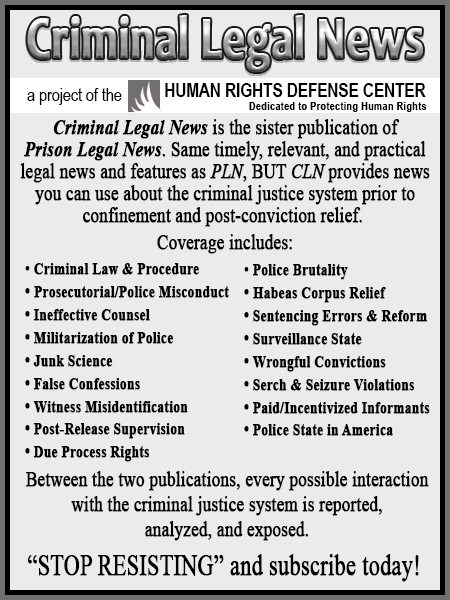Survivors of Police Shootings Face Daunting Legal, Emotional, and Physical Challenges
by Eike Blohm, MD
Approximately 1,100 Americans are shot and killed by police every year. In the shadow of this figure is a hidden population of survivors left with permanent disabilities, crippling medical debt, emotional trauma, and legal fallout.
Exactly how many Americans are wounded by police bullets each year is unclear. There are no comprehensive data and no nationwide reporting requirements, so victims remain untallied. The closest estimate comes from an analysis by the Washington Post and Berkeley Journalism’s Investigative Reporting Program that filed public records requests for every police department with five or more fatal police shootings between 2015 and 2020. For every 10 people killed by police, there are another eight who were shot and survived. Extrapolation from data on fatal shootings thus estimates about 880 Americans are wounded by police bullets each year.
The racial disparity among those wounded is even more pronounced than those killed. The population policed by the departments in the Washington Post analysis consisted of approximately 16% African-Americans – yet 41% of those shot and wounded were Black (compared to 30% among fatal shootings). Most survivors were male, and the majority struggled with poverty, homelessness, drug addiction, and mental health. It is thus unclear if the racial disparity is driven by institutionalized racism in America’s police force, a function of law and policies that criminalize poverty and mental illness, or a mixture of both.
But the charges against Mr. Gilbert Jr. may have served a different purpose. Chike Odiwe, a defense attorney representing a different survivor of a police shooting, relayed to the Washington Post that in cases of police shootings prosecutors sometimes file more serious charges to ensure a plea deal or settlement. The strategy seems to work – defense attorneys often discourage their clients from speaking to the media as not to draw the ire of the prosecution.
Legal problems are not the only sequelae for survivors of police shootings. David Collie was walking near his home on July 27, 2016, when police investigated a nearby robbery. He had the misfortune of somewhat matching the description of one of the suspects – he was Black and not wearing a shirt – when officers encountered him. He was shot when he took his hand from his pocket to discard a box cutter. One of the bullets severed his spinal cord. Collie is now paralyzed from the waist down.
In addition to suffering permanent disability, surviving victims remain responsible for their own medical bills. During critical illness requiring surgery and ICU care, hospital bills can exceed $10,000 per day. More costs accrue over a lifetime of rehabilitation, physical therapy, and home health assistance. When Collie filed suit against the officers who shot him, they invoked qualified immunity, which was upheld by the appeals court.
Survivors of police shootings also have to contend with major emotional trauma. Gilbert jolts awake at night from flashbacks; his son can only sleep with the aid of medication. Since being shot in the head, leaving the house has become difficult which in turn made finding work impossible.
Finding justice after surviving a police shooting is a long and arduous process. Roxanne Torres was standing near her car with an acquaintance in Albuquerque, New Mexico, on July 15, 2014, when police officers arrived to arrest a different person who lived nearby. The acquaintance left, and Torres got into the driver’s seat of her car. An officer tried to open the driver’s door, but Torres saw a gun and believed she was being carjacked. As she sped off, police fired 13 bullets striking her in the back twice. The injury rendered her left arm temporarily paralyzed. Scared, still under the influence of substances, and worried that seeking care at a local hospital will result in her arrest due to an outstanding warrant, Torres stole another car and drove to a different city. The doctors there determined she required emergent trauma surgery, and she was transported by helicopter back to Albuquerque where she was arrested at the hospital.
Torres sought justice with a civil suit under § 1983. To prevail under this law, the plaintiff must demonstrate that the defendants deprived her of a right secured by the U.S. Constitution or federal law. She claimed that the officers violated her Fourth Amendment rights by subjecting her to excessive force during an unreasonable seizure, an arrest constitutes seizure of a person.
Because she evaded police that night and wasn’t arrested until the subsequent day, the defendants argued that the Fourth Amendment protection did not apply because there was no arrest. This argument was approved by the District Court and the U.S. Court of Appeals for the 10th Circuit. The U.S. Supreme Court finally disagreed in Torres v. Madrid, 141 S. Ct. 989 (2021), in which the Court held that “the application of physical force to the body of a person with intent to restrain is a seizure even if the person does not submit and is not subdued.” Accordingly, the Court determined that Torres was seized for purposes of the Fourth Amendment when the police shot at her with the intent to restrain her movement. Her case was remanded back to the District Court where it is still pending, eight years after the shooting.
With increased societal awareness of police shooting unarmed suspects and the public pressure to hold officers accountable, there are some glimmers of hope. After Frederick Harris Jr., of San Leandro, California, was shot multiple times by police in March 2018 while burglarizing a car unarmed, he filed suit against the officers and police department involved. Though there are bullets still lodged in his face and back, he was able to reach a $600,000 settlement with the Fremont Police Department.
Source: Washington Post
As a digital subscriber to Criminal Legal News, you can access full text and downloads for this and other premium content.
Already a subscriber? Login





